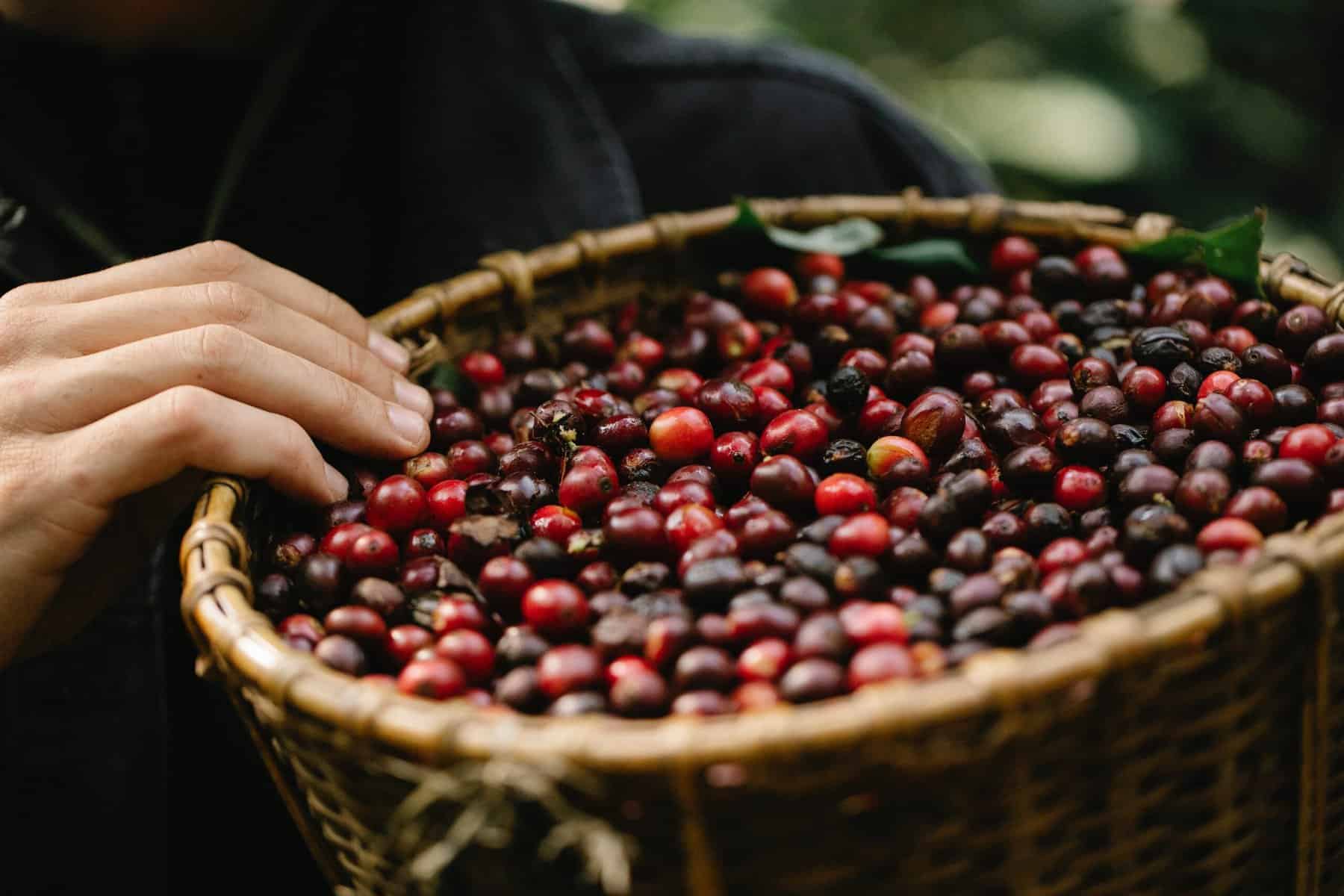Driving past the recibo where coffee growers were lined up to turn in their day’s picking and have it weighed, I noticed my neighbor Alfredo getting ready to haul a heavy cart up the road to his house. Lacking a truck or tractor, or even a pair of oxen, he pulls the coffee-laden cart two kilometers downhill to the receiving depot. Going home, uphill, requires a lot of strength.
With the back of my ’78 Land Cruiser open, we hooked the handle of the cart around the rungs of the back seat. With Alfredo keeping a close watch, we second-geared our way up the mountain road. I was afraid the cart would come unhooked and roll back down to where we started, but we made it home with no damage to the car, the cart or us.
The coffee harvest extends from September to January, and during this season Alfredo and his whole family, including a son and daughter-in-law who have jobs in town, are out picking coffee. For them, the work means saving their farm as well as added income. But coffee picking isn’t such a bad job, and many Ticos are out right now to join the coffee harvest, mostly on nearby family farms where they know the owners and the hours are flexible. According to the Coffee Institute of Costa Rica (ICAFE), about 80,000 people are engaged in the coffee harvest, mostly as temporary workers, and that includes a lot of local help.
“It’s a tertulia [gathering]; we talk all day,” said a woman who picks with two sisters, a brother when he has time off from his government job, a daughter and her daughter’s children. “We work out what days we can go and what time to start.”
Lunch at the cafetal, or coffee plantation, is one of the pleasant aspects. “We sit on coffee sacks and share our food and have a good time,” the woman said, adding that helping to save a relative’s farm and adding to coffee production are important. “And I like getting into the dirt,” she said, a feeling all gardeners and farmers recognize.
At the end of the day, there’s the medida to measure how much coffee each picker picked. Workers are paid by the cajuela box, each of which holds 28-30 pounds of coffee. The going rate is ₡1,000 (about $2) a cajuela, sometimes more, depending on the picking.
The better part of the country’s coffee harvest workforce comes from Nicaragua. These workers are necessary for the big farms and haciendas, whose owners can contract labor through ICAFE. This migrant force is able to move around the country as the coffee in the higher areas matures later than the coffee in Pérez Zeledón or other parts of the Southern Zone.
But it’s the neighbors and extended family who flock to the small-and medium-size farms. Saving the farm is one reason given by some pickers who hate to see the traditional coffee farm disappear and the land sold off. It’s also a way to earn extra money in a social setting, and with the more flexible hours, mothers can get their children off to school or do a bit of housework before grabbing a coffee basket, belt and bottle of water and setting off for the cafetal.
Little Alison, who just graduated from kindergarten, is really proud to have picked “almost” a cajuela and earned her own money. She joined her mother and aunts on her grandfather’s farm. Lela, Silda and their mother, Gloria, picked on a big farm where they earn more, but they have to get there early to get assigned a section and stay until all the coffee is measured. Silda, a single mother, needs the money for her child, while her sister plans to finish up high school this year and can use the money for her education.
Francisco, a retiree, and his sister go picking together. It gets them out of the house, and the extra money is OK too. If they no longer have their old coffee baskets, plastic wash baskets serve as well. A young couple in the same neighborhood picks on weekends, joining the owners and other weekend pickers. For them it’s like an outing, and the money will help them furnish their home.
“It’s a social experience,” said a woman whose family owns a medium-sized farm. “I like picking coffee. We talk about different things all day long, and it gives me time to think.” Of 10 pickers on their farm, seven are Nicaraguan and three are Costa Rican, she added.
Luis works with other crops on the Atlantic slope, but his mother lives in a coffee area. Every year, he comes for a stay during the harvest. He earns money picking coffee and enjoys a family visit.
Really fast pickers can pick up to 12 cajuelas a day. Six is a more feasible amount, especially for women.
According to Ronald Peters of ICAFE, coffee production is down this year due to the heavy rains of last year, with an expected crop of 2.1 million fanegas (a fanega is about 560 pounds), but it is expected to increase next year. Although the international price is not a record high, it is profitable, Peters said, and some farmers who had abandoned their cafetales are returning to production, a trend encouraged by the institute.






